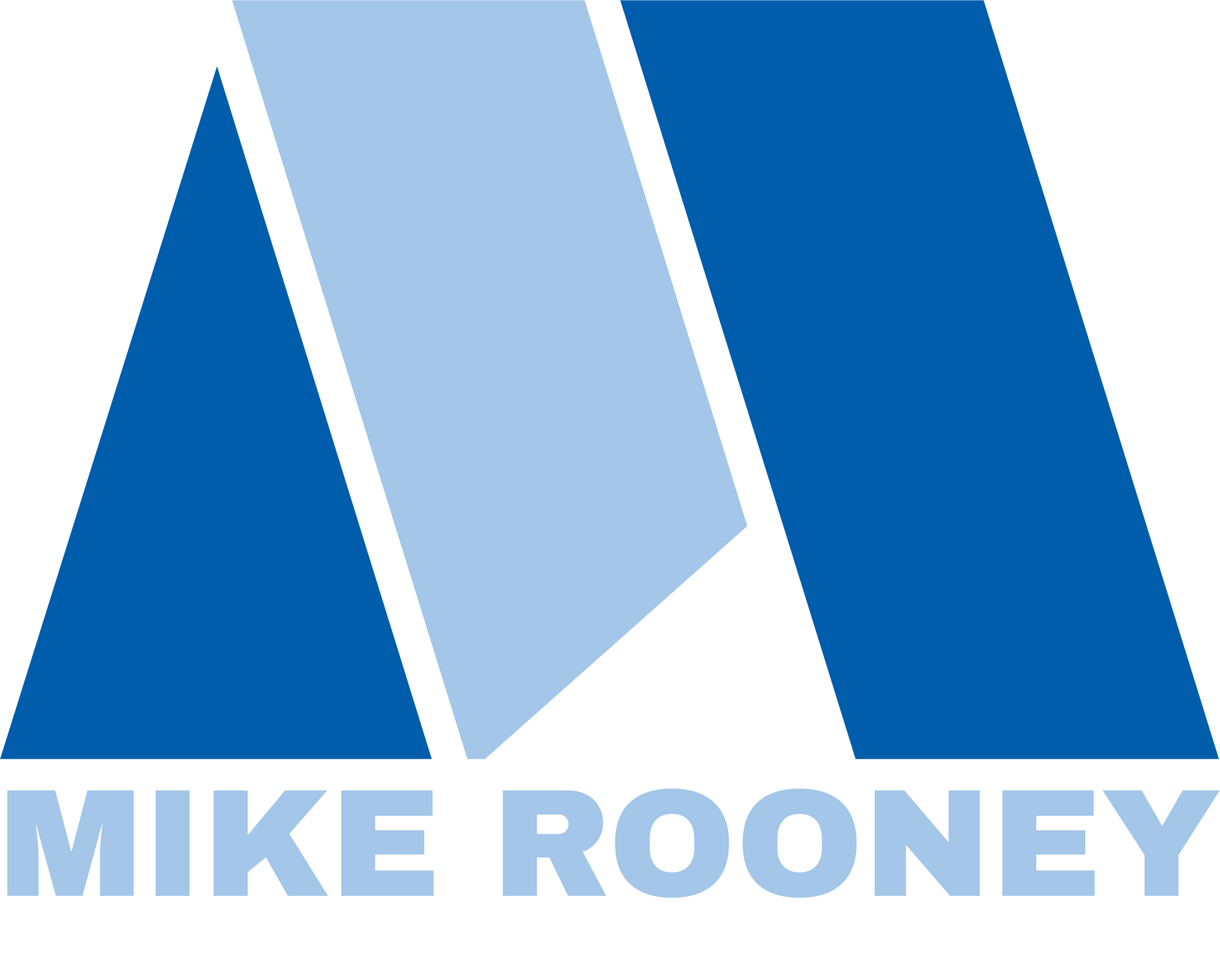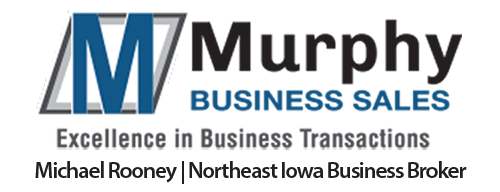If you’ve ever thought about selling your business, you’ve probably wondered what makes a company irresistible to potential buyers. Beyond a shiny website or a great product line, it’s the behind-the-scenes financial management—particularly cash flow—that can have buyers scrambling to make an offer. Whether you’re planning to sell soon or just want to maximize your business’s value, mastering a few key cash flow strategies can significantly impact your bottom line.
Let’s dive into some practical steps that can make your business more attractive to buyers while also improving your day-to-day operations.
1. Extend Your Payables – But Do It Wisely
Negotiating extended payment terms with your suppliers is one of the easiest ways to boost your cash flow. The concept is simple: the longer you have to pay, the longer you can hold onto your cash, which can be used for other pressing needs or to fuel growth. It is important to note that increasing your payables for one customer does not reduce your overall payables by a day.
Case Study Example: Imagine you’re working with a supplier who allows you to extend payment terms from 30 days to 45 days. This extra time lets you reinvest in a marketing campaign or pay down debt while maintaining liquidity. What is one day of payables worth?
Here’s how to break it down:
- Total Annual Purchases: This is the total amount you spend on goods and services from suppliers over the course of a year.
- 260: This converts your annual purchases into daily payments (260 working days in a year).
Example Calculation:
- Total Annual Purchases: $1,000,000
Step 1: Calculate daily payable:
$1,000,000 ÷ 260 = $3,846 per day
Step 2: Multiply by number of days payables are extended to determine the amount cash flow is increased.
So, increasing your payables by one day would increase your cash on hand by $3,846.
However, you’ll need to weigh the benefits of extended payment against any discounts for early payment that are offered. For example, if you’re offered a 2% discount for paying early, calculate whether the savings outweigh the interest you would incur on a line of credit.
Example: Let’s say you work with a client who is open to NET 45 terms or who allows you to pay via credit card without a fee NET 15. By paying with a credit card, you extend your actual payment time to NET 45 (depending on your credit card billing cycle) while earning 1-1.5% cashback. Over time, this simple change can result in significant savings and improved cash flow, giving you more flexibility to invest in growth or handle unexpected expenses.
Key Tip: Weigh these options carefully and choose the one that maximizes your cash flow without draining your resources.
2. Shorten Your Receivables – Because Cash Today Is Better Than Cash Tomorrow
While extending payables is great, shortening receivables is even better. If your current terms are NET 30, consider asking clients for NET 15 terms. Most businesses stick to NET 30 terms out of habit, but negotiating quicker payments can keep cash flowing into your business.
Example: Let’s say you work with a client who is open to NET 15 terms. A day of receivables in calculated the same way as a day of payables.
Here’s how to break it down:
- Total Annual Receivables: This is the total sales over the course of a year.
- 260: This converts your annual purchases into daily payments (260 working days in a year).
Example Calculation:
- Total Annual Sales: $1,000,000
Step 1: Calculate daily sales:
$1,000,000 ÷ 260 = $3,846 per day
Step 2: Multiply by number of days receivables are shortened to determine the amount cash flow is increased.
Pro Tip: Consider automating your invoicing process to encourage faster payments from clients. Many businesses are more likely to pay promptly when invoiced electronically because they calculate their aging based on the day the invoice was received.
3. Avoid Running Personal Expenses Through Your Business
It’s tempting to run personal expenses through your business to save on taxes, but this strategy can reduce the value of your business when it’s time to sell. Here’s why: Buyers often look at your company’s cash flow when determining their offer, typically valuing businesses at 2-3 times annual cash flow.
Example: If you run $1,000 of personal expenses through the business, you might save $300 in taxes today (assuming a 30% tax rate). However, reducing your business’s cash flow by $1,000 could lower the purchase price by $2,000 or more, resulting in a net loss. In the long term, keeping your financials clean and transparent can lead to a higher valuation when it’s time to sell.
Key Insight: Maximize your business’s value by keeping personal expenses separate and focusing on boosting reported earnings.
4. Increase Prices – Small Changes, Big Impact
It may seem counterintuitive, but raising your prices by even a small percentage can have a significant impact on your business’s bottom line and overall valuation.
Case Study Example: Consider a business generating $5 million in annual revenue. A 1% price increase adds $50,000 directly to your bottom line. If buyers are valuing businesses at 3x earnings, that modest price hike translates into an additional $150,000 in business value.
Pro Tip: Implement price increases strategically. Test small price adjustments to ensure they don’t negatively impact sales volume, especially if your product or service delivers strong value to customers.
It’s Never Too Early (or Too Late) to Start Planning
Whether you plan to sell your business next year or a decade from now, these cash flow strategies can significantly enhance your business’s attractiveness to potential buyers. By optimizing how you manage payables, receivables, and expenses, and by being strategic about pricing, you can dramatically increase your business’s value.
Key Takeaway: Cash flow management isn’t just about keeping your business afloat—it’s about building a business that buyers will compete to own. Start implementing these strategies today and watch how they transform both your financial health and your company’s long-term value.
Call to Action: Ready to make your business more attractive to buyers? Contact us for a to explore more ways to increase the value of your business.
FAQ
- What makes a business attractive to potential buyers? Buyers are often drawn to businesses with strong cash flow, efficient financial management, and clean financials. Optimizing your payables, receivables, and pricing can significantly increase the appeal of your business.
- Why is cash flow important when selling a business? Cash flow is a key metric buyers use to assess the financial health of a business. Improving cash flow through strategic management increases both daily operational efficiency and the overall value of your business.
- How can extending payables improve my business’s cash flow? By negotiating longer payment terms with suppliers, you can hold onto cash longer, giving you flexibility to invest in growth or handle other business needs before payment is due.
- What are the benefits of shortening receivables? Faster payments mean more cash on hand. By requesting quicker payment terms or using a credit card to extend payment periods, you can improve cash flow and potentially earn cash back.
- How do personal expenses affect my business’s value when selling? Running personal expenses through your business can reduce its reported cash flow, leading to a lower valuation when you sell. Clean financials attract higher offers from buyers.
- Can increasing prices before selling help boost the business’s value? Yes, even a small price increase can directly raise your bottom line, which in turn can lead to a higher valuation based on your industry’s earnings multiple.
- Is it too late to start planning for the sale of my business? It’s never too late. Implementing these cash flow strategies now will not only improve your current operations but also significantly increase your business’s value over time.


